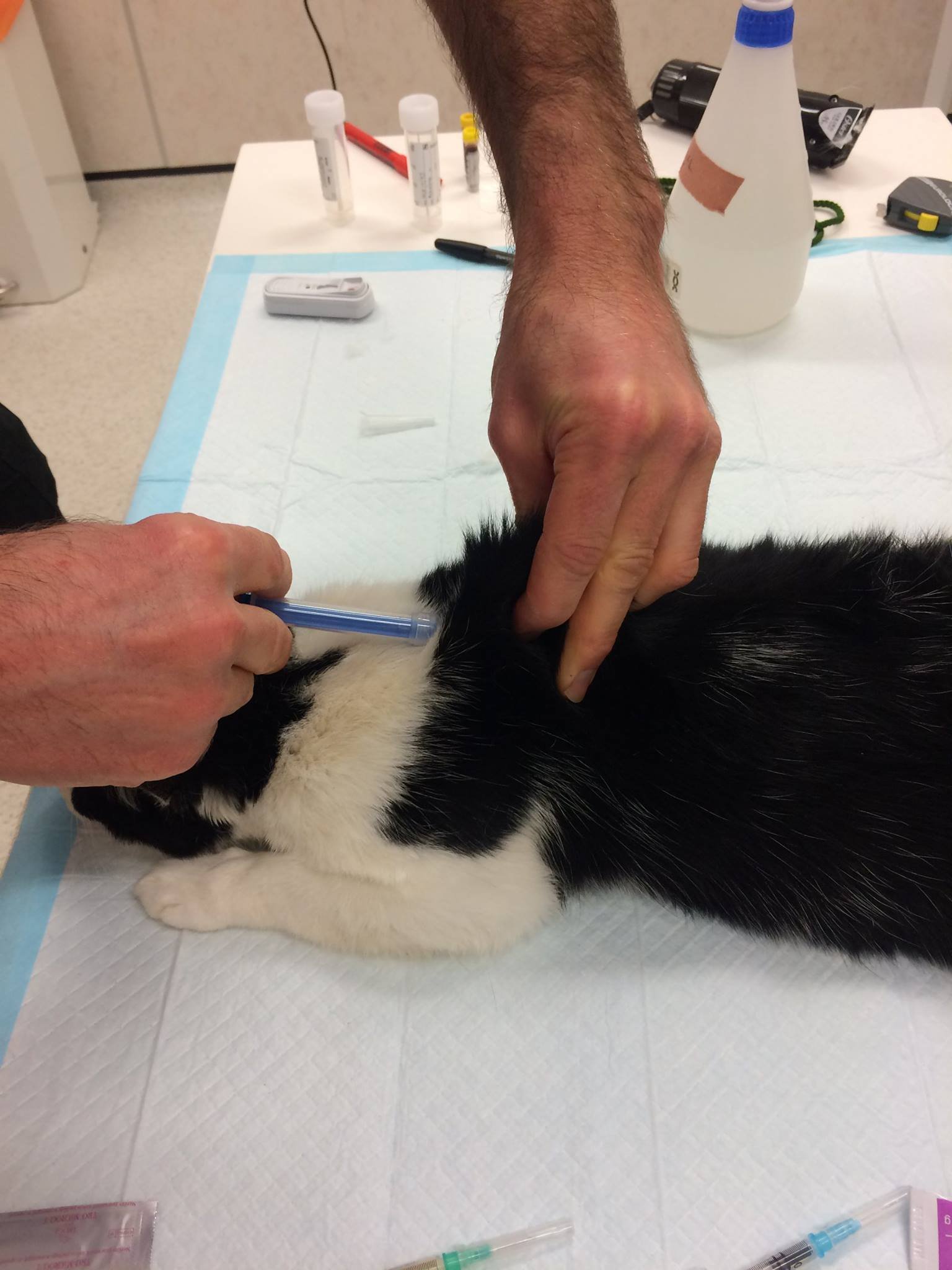
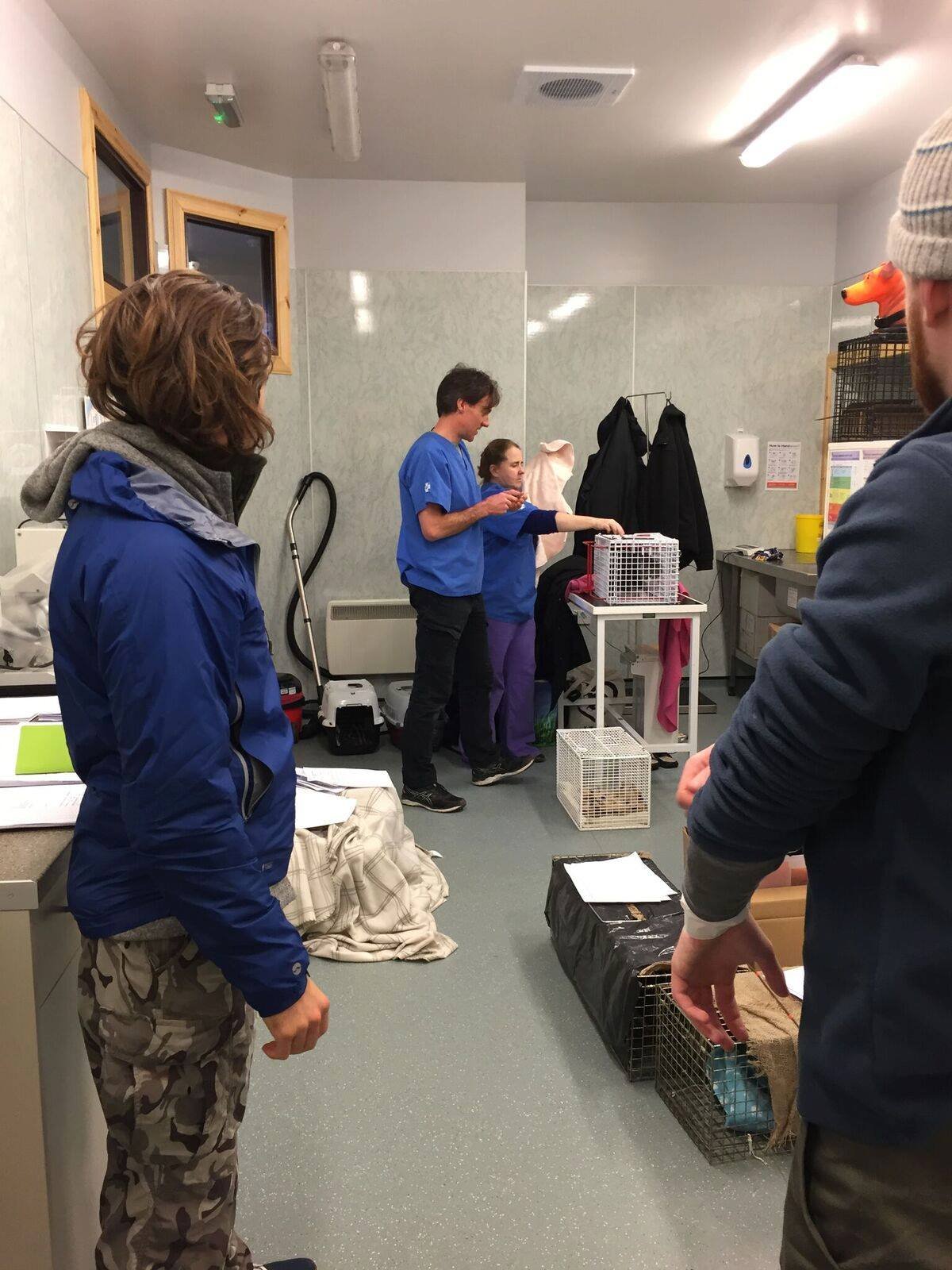
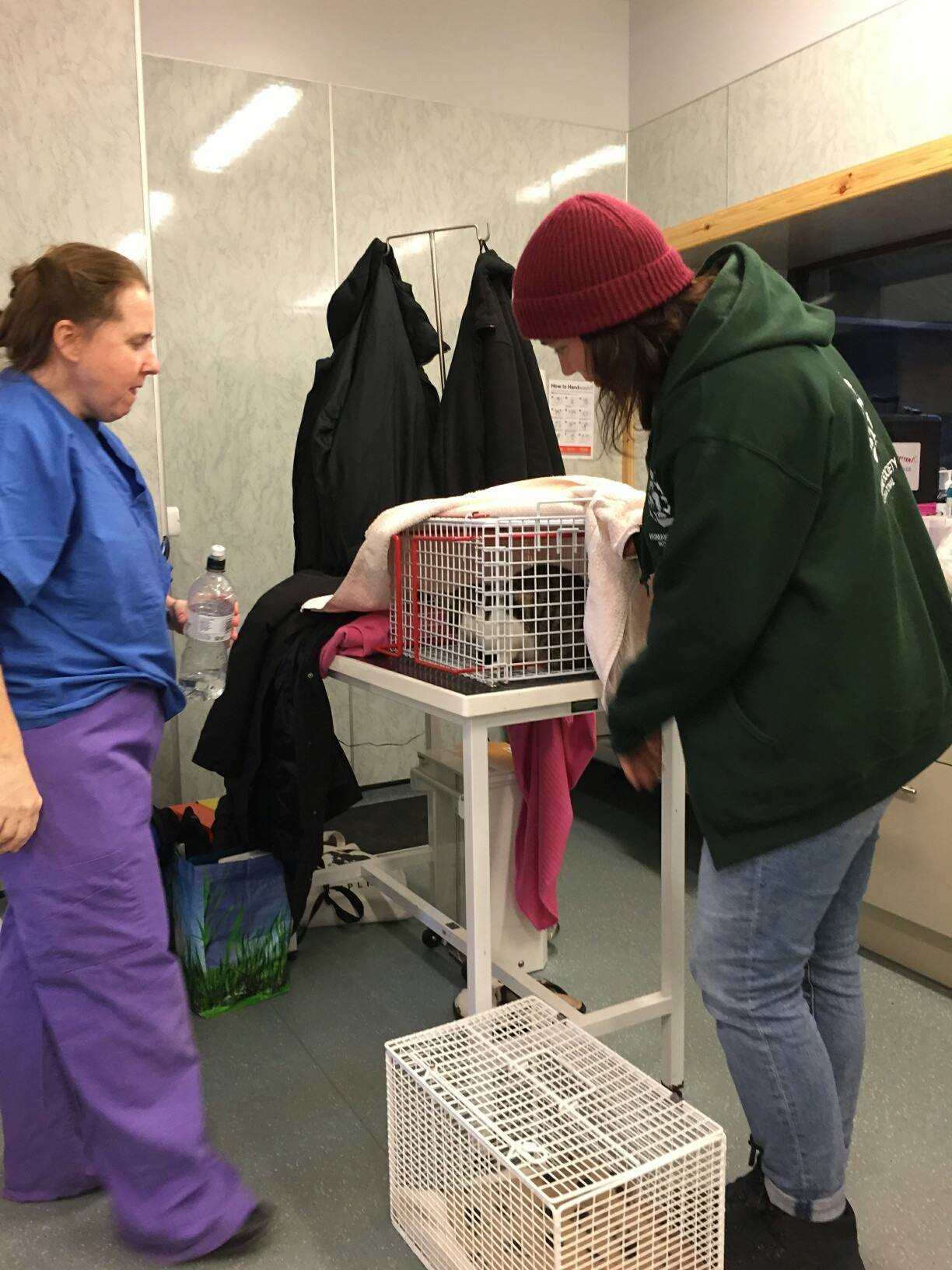
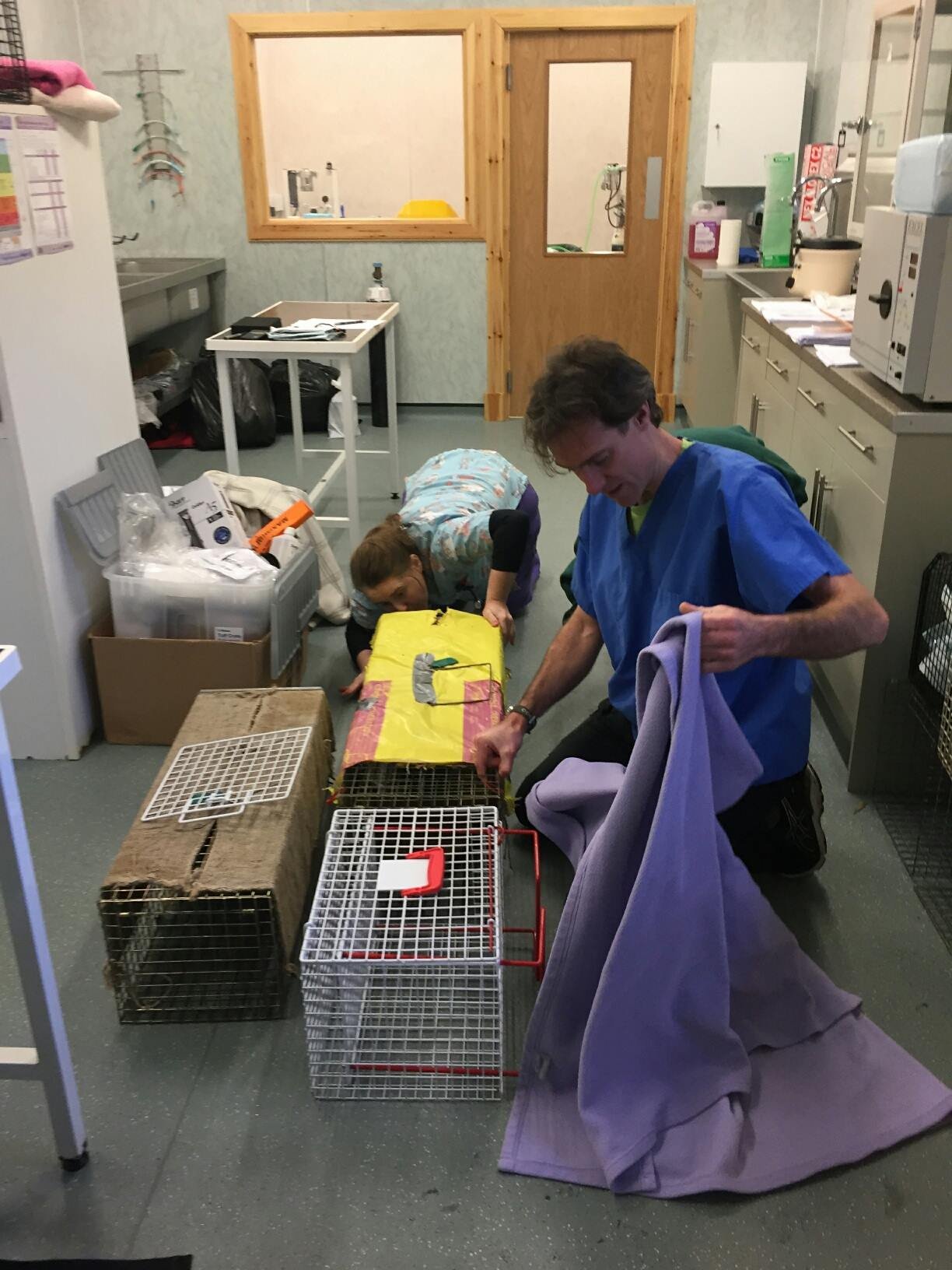
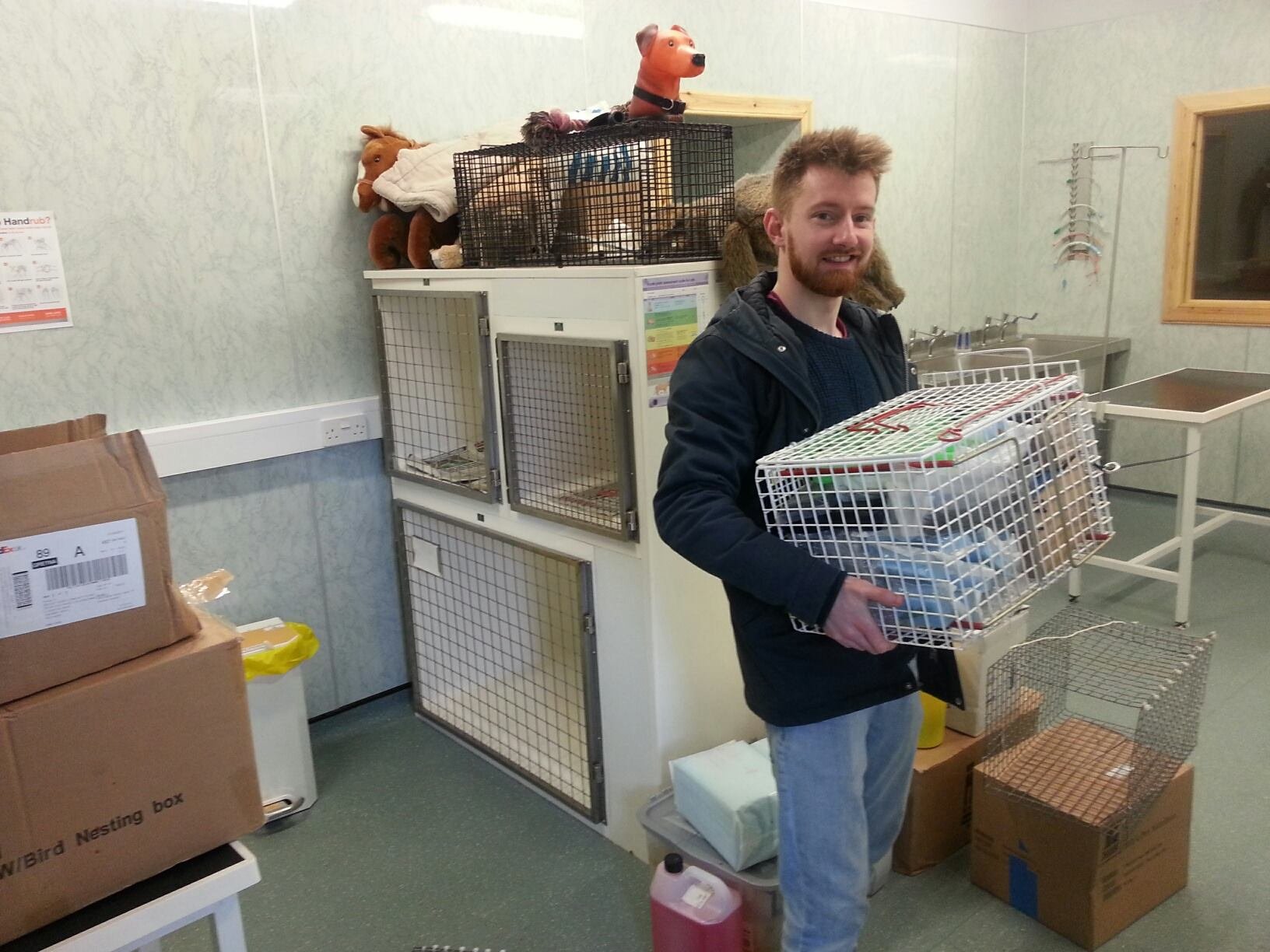
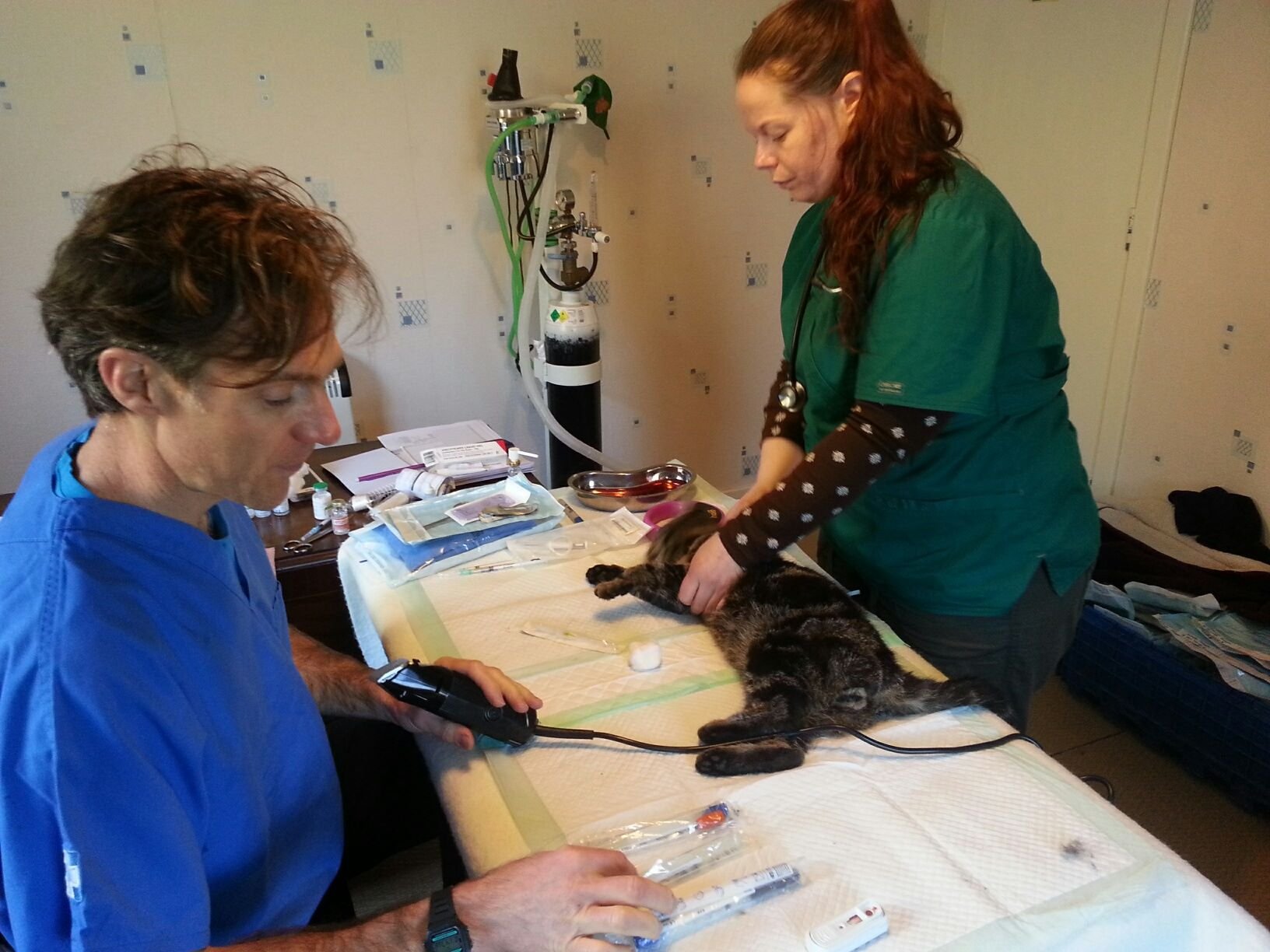
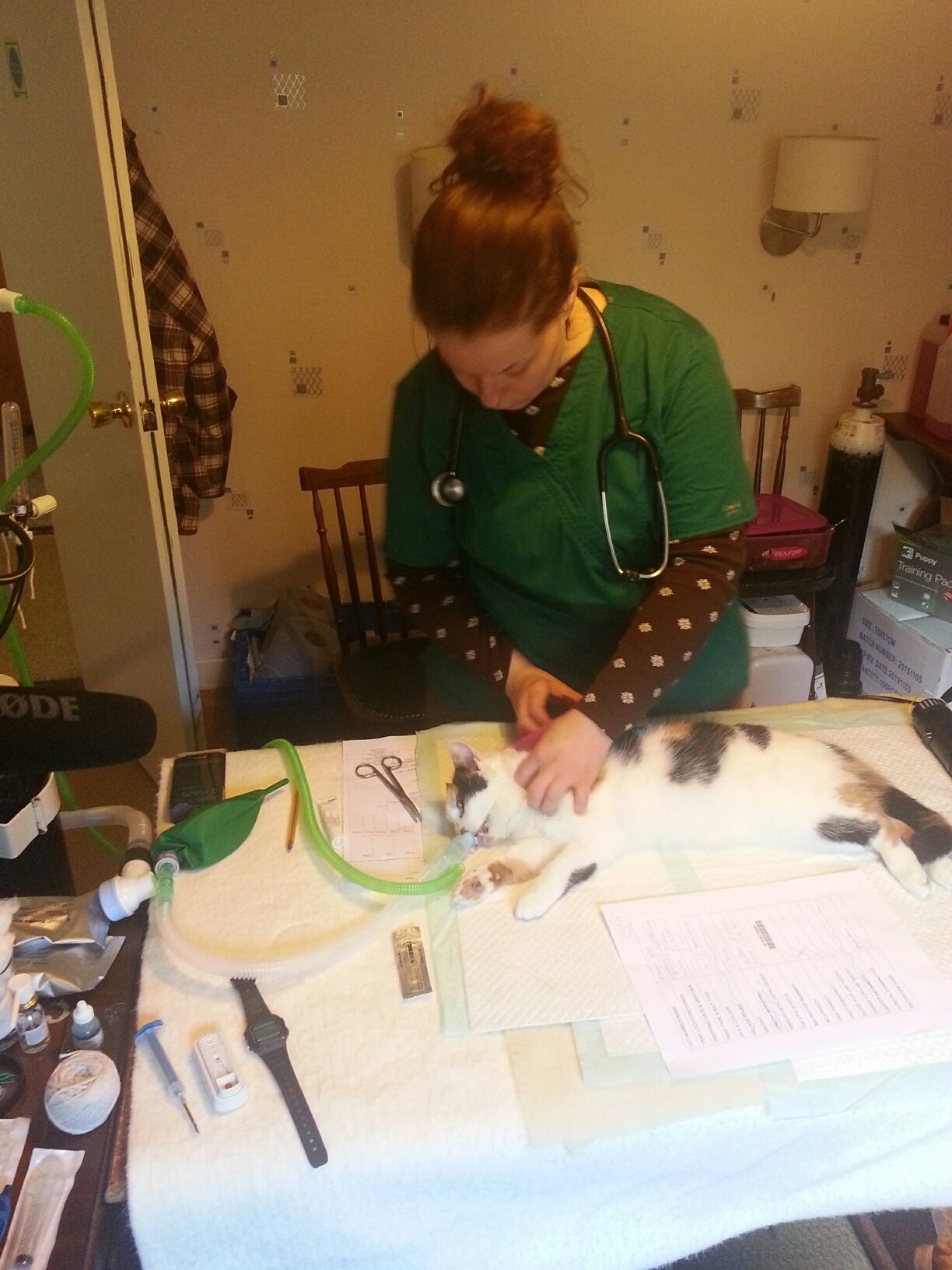
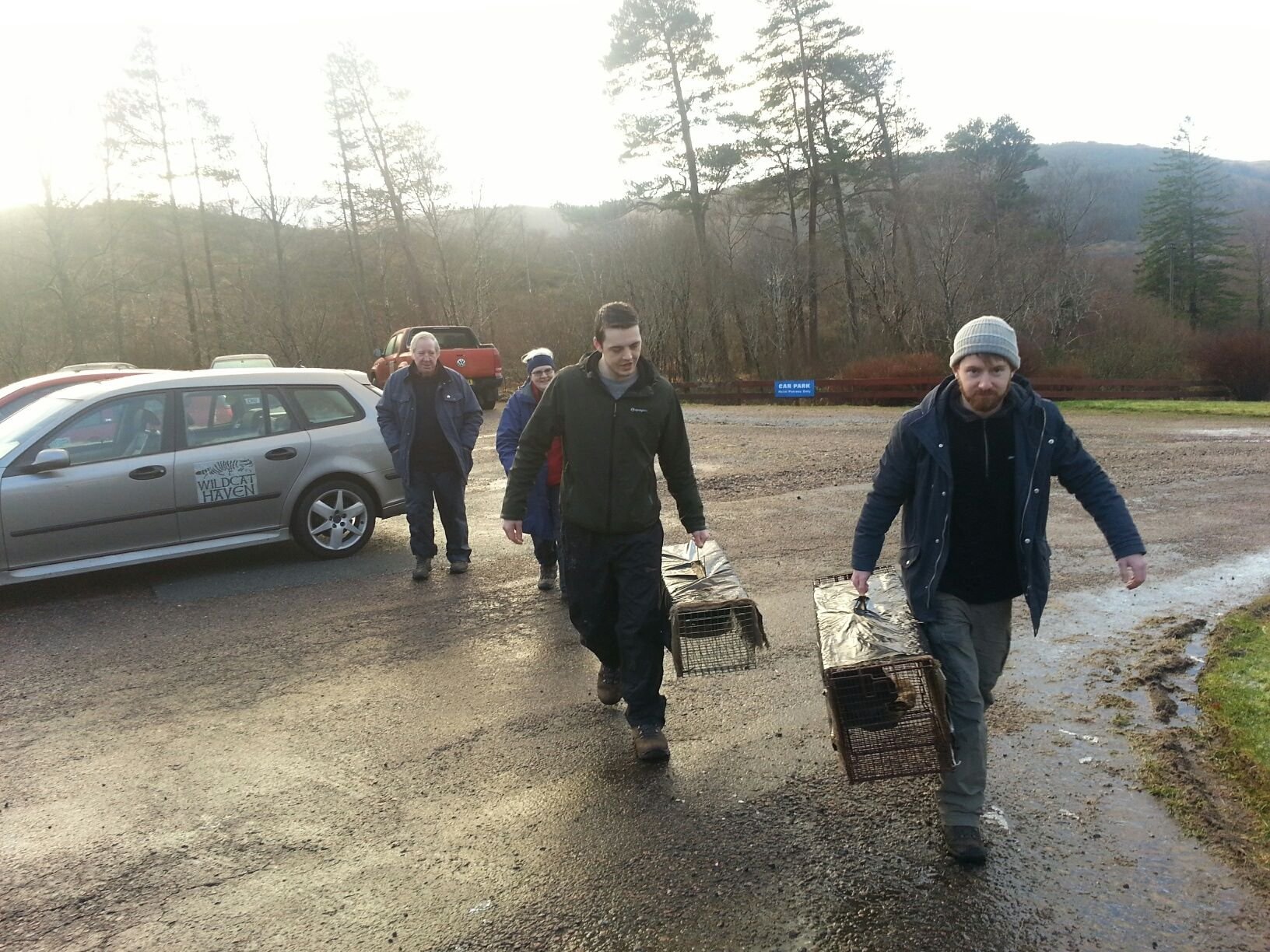
The Wildcat Haven Method – Trap, Neuter, Return
Our suggested solution is neutering: cats would be live trapped, neutered, then returned to where they were caught. This process ensured there were no sudden resource surpluses, no chaotic migration or vacuum and no kitten booms. It would still be necessary to neuter all the cats, but since the feral cats would be dying naturally, we had an entire generation in which to do so before significant resource surpluses appeared. Neutering has often been dismissed by conservationists, but research reveals very few studies into efficacy. The studies available focused on very small, underfunded, poorly organised efforts in the middle of major cities. There was no evidence for the potential in the remote Highlands run under a scientific methodology.
As such Wildcat Haven was designed to take the trap/neuter/return (TNR) approach, seeking consultation from a range of animal welfare groups. We researched previous efforts to identify failings, and applied a lot of knowledge gained from researchers experienced in trapping wild species of cat in a variety of environments around the world.
Wildcat Haven Live Trapping
A detailed live trapping methodology was drawn up to ensure the safety of any animals trapped, and the trapping also meant that all cats could be health checked by a vet and have blood samples taken for genetics and disease research. Indeed, the only way to ensure a disease-free Scottish wildcat population was to ensure that the feral cats were also disease-free.
Initial surveys suggested around 75 feral cats in the region, a little more than half of which lived in colonies gathered around crofts or feral cat feeders.
The remainder lived solitarily, scattered across the region. Fortunately, the majority of feral cats appeared to live close to human habitations, removed from the likely habitats frequented by the Scottish wildcats.
This raised our hopes that hybridisation in the area would be minimal.
Live Trapping
Live trapping is difficult. Wild living cats of any kind are hard to find and trap, and we are looking to find and trap a large number as opposed to a small sample.
A key decision we made was to work in winter months. Natural prey resources would be at their most scarce, cats would be moving around more to look for food, there would be no dependent kittens and free meat would be a very tempting reward.
Traps are strategically located: whilst an ideal solution would be to sweep traps across the entire environment, this would take a huge amount of resources and time to achieve.
Instead, we take a targeted approach by using
eye witness sightings from the local community
information from fieldworkers
analysis of habitat types
camera traps
Traps are set by digging them into the ground where possible, covering them in leaves, moss and branches to make them look more like a natural burrow.
Fieldcraft skills are important to ensure minimal contact is made between the trap and human skin in order to limit human scent being left behind.
The Catch
When a cat of any kind is found in a trap it is anaesthetised by a qualified vet so that it can be inspected in detail to identify exactly what it is. Blood samples and a general health check can be carried out, ferals and hybrids neutered, all cats are fitted with microchips so that they can be quickly identified if trapped again in future, and a selection of cats can also be fitted with radio collars giving us insight into how they behave.
Feral cats are kept locally at a temporary clinic facility overnight to ensure a good recovery from their neutering operation before being returned to the place where they were trapped (you can find a series of photos showing the whole process in our articles section; here), Scottish wildcats are woken up and released immediately after identification and blood sampling.
Traps are placed according to local information, habitat quality and camera trap data: there is simply too much landscape to trap everywhere all the time, so this targeted approach was taken to limit the resources required and to get the work done in the shortest possible time.
The Traps
The traps themselves are simple metal cages with a swing door at one end and a floor treadle at the other.
Bait is placed just beyond the treadle so that the cat steps on it when reaching for the food. This triggers the door to swing shut and lock in place.
A wide number of trap manufacturer products were used with most feral cat traps proving too small and too weak to contain animals like Scottish wildcats and hybrids.
Currently a range of much stronger and larger fox traps are being trialled, and a bespoke design is being developed with manufacturers.
